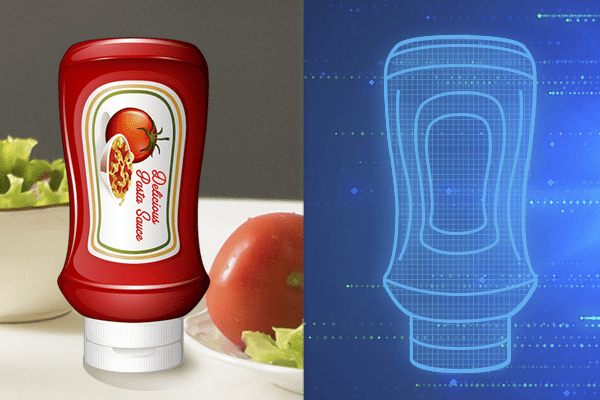With the rise of connected systems and devices, all businesses are undergoing a transformation. This fourth industrial revolution underlined by a combination of digital and physical systems as well as IoT, is playing a key role in this regard & generating data to bring down the marginal cost of delivering goods & services in a more efficient way than ever before. This has predominantly transformed the manufacturing processes across many industry sectors. As more and more operations and industries go online, we are increasingly witnessing the culmination of cyber-physical ecosystems.
And this is where digital twins become extremely relevant. As per the Institute of Electrical and Electronics Engineers, there exist some 551,000 digital twins that correspond to products, parts of products, processes, and systems, as of the end of 2017.
‘Digital twins’ mainly refers to creating digital models or representations of physical things, often machines and parts which can be manipulated and altered over a period of time.
These digital versions of physical things simultaneously evolve and record data as they mature in their life cycles. They allow businesses to aggregate, analyze, gain insights and eventually build the final version by testing and building the digital ones first.
This has become a standard especially for automobile, aviation, and other manufacturing sectors today. There is, however, a significant difference between a ‘digital twin’ in manufacturing and in consumer retail. While a digital twin in manufacturing or automation industry involves running simulations and what-if scenarios, digital twins of consumer products or ‘things’ in retail encompass a different approach.
Let’s take a look at both individually
Digital Twins in Manufacturing Industry
In manufacturing, a digital twin is almost a digital simulation of a physical machine. So, without actually building a physical machine, businesses can view it, simulate its working, and even tweak the design before actually building the real physical product. Brands can know in advance what will happen to the real thing by running a digital simulation of actual products and scenarios.
For instance, imagine a digital twin of a car engine before the real one is designed. After you design a new car on paper, you would require acres of plant and machinery to build it off the ground, which would also take a lot of time to physically do it. Instead of directly going and building the physical product, or deploying robots and building the parts of the car first, digital twins enable companies to run automation and simulations on the internet prior to building these products in real life.
All testing and analysis can be performed on the digital twin.
Tesla is a great example of this trend. It deploys digital models, runs multiple automation and ‘what if’ scenarios before building the engines and models on the ground. The same goes for designing and producing big scale jet engines or other systems.
Digital twins in manufacturing not only keeps the risks and manufacturing defects to a minimum, it allows engineers to test and update the digital models thoroughly and keep the scope for trials and errors to minimal.
Digital Twins in Retail Industry
When it comes to retail or the Internet of Products, the digital twins correspond to the digital information copy of an actual instance of a product on the internet, that can be edited and updated as the real physical product goes through different stages of its life cycle.
From assembly, manufacturing, distribution, sales to customer usage, insights and product expiration, etc., these digital twins keep evolving and updating their product status as they move on upwards in the production cycle. Consider it as a digital passport of physical products, being stamped at every stage by stakeholders, from sourcing, manufacturing, consumption to disposal.
While in retail, information twins may be used to understand and refine product information at all stages of its life cycles. Further, by building IoT connected smart products or digital twins, brands can reduce the risk of spoilage and cut down the turnaround time. This is the case, especially with consumer-packaged goods. Brands can also update offers or promotional changes or update other info related to the physical product and its packaging.
Unlike a simulation in manufacturing, digital twins in retail are more focused to track and trace products, applicable to logistic companies and supply-chain managers. This data-driven digital twin information can be shared among stakeholders, organizations, teams and even countries and can also be deployed in a multilingual format. It enables businesses as well as end consumers to keep track of products and their corresponding information as they are sourced, shipped, purchased, used or consumed.
One can decipher by looking at these digital twins, what discounts have been applied? What batch has been recalled? What products on certain instances have been added? Which supply chains the products have moved through? Where are they located now? When was the last packaging updated? Digital twins allow for all this information to be stored digitally and accessed over the Internet throughout the product’s entire lifecycle and open the doors to vast possibilities when it comes to retail applications. In effect, making consumer retail more efficient, reducing marginal costs and allowing more granular analysis of data to improve consumer experiences and efficiency.

Recent Comments